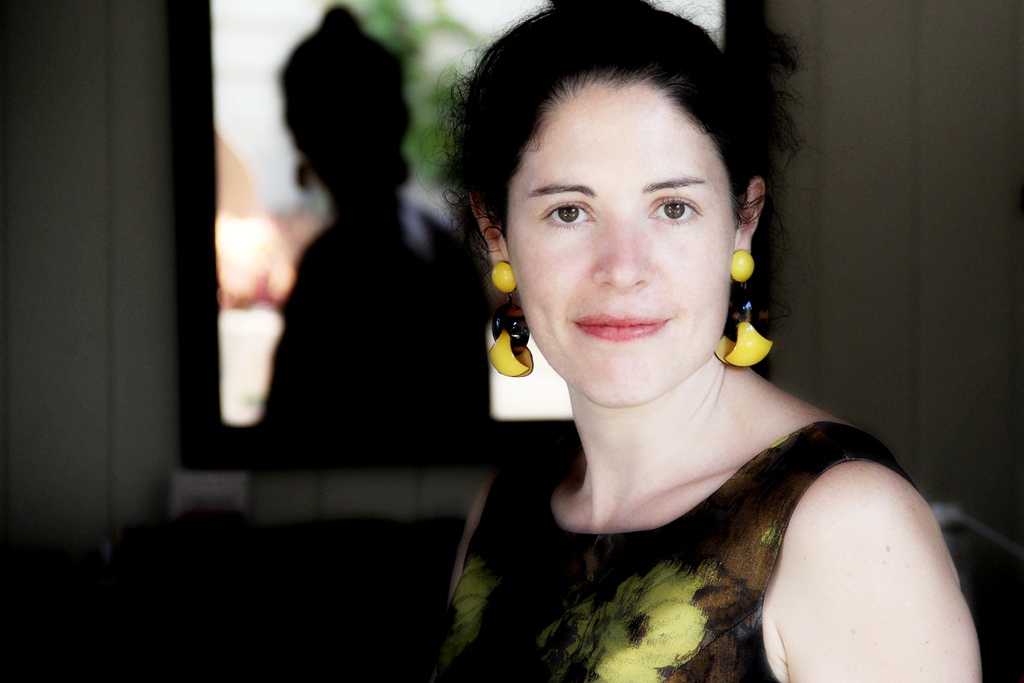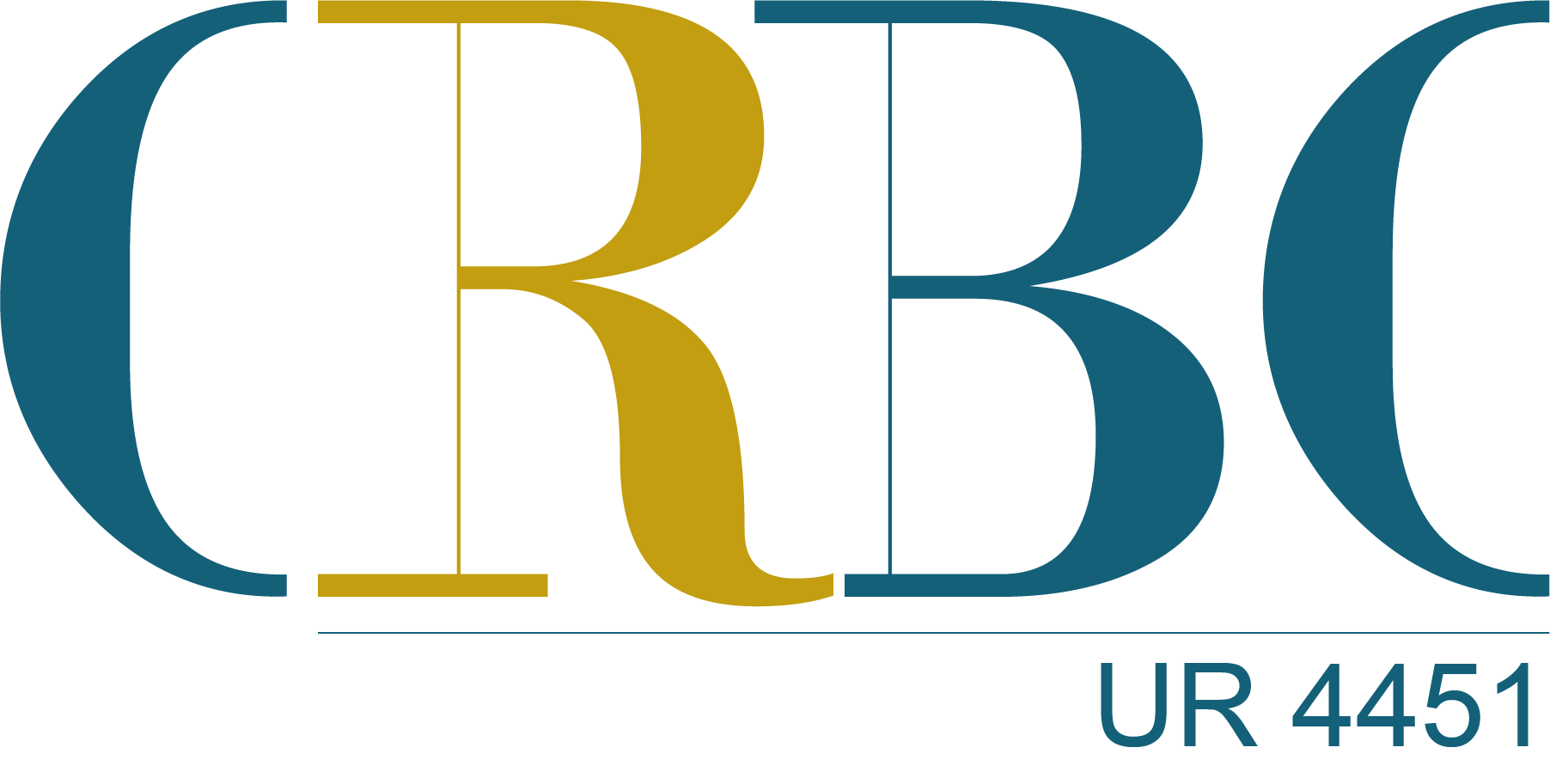
Estelle Castro-Koshy
Champs de recherche
- Littérature aborigène et îlienne du détroit de Torres
- Littérature autochtone de Polynésie française
- Études culturelles et performances autochtones d’Australie, de Polynésie française et d’Océanie
- Cinéma aborigène
Projet Ospapik
- Ocean and Space Pollution, Artistic Practices and Indigenous Knowledges, projet de recherche de Géraldine Le Roux
Publications
5. Direction d’ouvrage : Maruao, les ailes de l'infini : Poèmes et essais bilingues de Flora Aurima Devatine et essais sur son œuvre. / Maruao, the Wings of Infinity: Poems and Essays in English and French by Flora Aurima Devatine and Studies of her work. (2022). Flora Aurima Devatine. Estelle Castro-Koshy (dir.). Littéramā'ohi, Papeete; H-France Salon : https://h-france.net/h-france-salon-volume-14-2022/#1421
4. Direction d’ouvrage : Barrett, Susan, Estelle Castro-Koshy et Laura Singeot (dir.).(2021). Alexis Wright, Carpentaria: The Law of the Land, Belin/CNED. https://collection-major.com/les-ouvrages/matieres/anglais/livre/alexis-wright-carpentaria-the-law-of-the-land/
3. Direction d’ouvrage : Castro-Koshy Estelle, Temiti Lehartel. (2021) Alexis Wright, Carpentaria, Ellipses. https://www.editions-ellipses.fr/accueil/13857-agregation-anglais-2022-alexis-wright-carpentaria-9782340060555.html
2. Co-traduction : Traduit par Jean Anderson, Estelle Castro-Koshy, Yan Peirsegaele et Mireille Vignol. (2018). Des cartes et des ancêtres - Maps to the Ancestors de Peter Sipeli, Les petites allées. https://www.lespetitesallees.fr/edition/livres/peter-sipeli-des-cartes-et-des-ancetres/
1. Traduction : Traduit par Estelle Castro-Koshy. (2017). Un homme de sagesse : paroles de Banjo Clarke, Aborigène australien, à Camilla Chance. Pirae : Au vent des îles. https://www.auventdesiles.pf/catalogue/collections/litterature-generale/un-homme-de-sagesse/
4. Maruao, les ailes de l'infini : Poèmes et essais bilingues de Flora Aurima Devatine et essais sur son œuvre. / Maruao, the Wings of Infinity: Poems and Essays in English and French by Flora Aurima Devatine and Studies of her work. (2022). Flora Aurima Devatine. Estelle Castro-Koshy (dir.). H-France Salon : https://h-france.net/h-france-salon-volume-14-2022/#1421
3. Castro-Koshy, Estelle, Marilyne Brun (Dir.). (2022). Alexis Wright, a special issue of Commonwealth Essays and Studies : https://journals.openedition.org/ces/10428
2. Castro-Koshy, Estelle, Géraldine Le Roux (Dir.). (2020). Environmental Artistic Practices and Indigeneity: In(ter)ventions, Recycling, Sovereignty. eTropic 19.1. https://journals.jcu.edu.au/etropic/issue/view/195/showToc
1. Castro-Koshy, Estelle, Géraldine Le Roux (Dir.). (2016) Anthrovision 4.1 Visual Creativity and Narrative Research in and on Oceania. https://anthrovision.revues.org/2004
16. Castro-Koshy, Estelle, Tokainiua Devatine. (2022). “Polynesianising and Regenerating Urban Spaces Through the Arts: the Works and Interventions of the Centre des Métiers d’Art de Polynésie française and of its Artists”, The Australian Journal of Anthropology http://doi.org/10.1111/taja.12435
15. Castro-Koshy, Estelle, Philippe Guerre. (2020). “‘In my mind I see cross-roads for everything I believe in...’: The Way Home in Croire en l’incroyable (Believe in the Unbelievable) and Le Pacte du serpent arc-en- ciel (The Rainbow Serpent Covenant) by Alexis Wright.” Antipodes: A Global Journal of Australian/New Zealand Literature 33.1: 79-91.
14. Castro-Koshy, Estelle. (2018). “‘Les légendes ne meurent jamais’. Rencontre entre politique et poétique en faveur des droits de l’homme dans Le Versant noir de Kevin Gilbert”. Cahiers de la Nouvelle Europe, Matières à penser les humanités. L’indétermination des frontières disciplinaires et des catégories. L’Harmattan: 135-154.
13. Castro-Koshy, Estelle. (2018). “The Poetics of Relation in Alexis Wright’s Carpentaria” Indigenous Transnationalism: Essays on Carpentaria. Ed. Ng, Lynda. Artarmon: Giramondo Publishing: 115-134.
12. Castro-Koshy, Estelle, Flora Aurima-Devatine, Moana’ura Tehei’ura, et al. (2016). “Discussion on Pina’ina’i : écho de l’esprit et des corps”, Journal de la Société des Océanistes 142-143: Du corps à l'image. La réinvention des performances culturelles en Océanie: 99-115. https://journals.openedition.org/jso/7603
11. Aurima-Devatine, Flora, Estelle Castro-Koshy. (2016). “L’univers littéraire et le patrimoine culturel de Flora Aurima-Devatine, Nathalie Heirani Salmon-Hudry et Chantal Spitz : poétiques, éthique, et transmission sur la toile”. Anthrovision 4.1: Visual Creativity and Narrative Research in Oceania. https://anthrovision.revues.org/2307
10. Castro-Koshy, Estelle. (2014). “Axiopraxis en mouvement. Festivals et production artistique autochtone océanienne comme lieux de production politique du culturel”. Les sciences humaines et sociales dans le Pacifique Sud. Dir. Dousset, Laurent, Barbara Glowczewski et Marie Salaun. Marseille: Pacific-Credo Publications: 207-228.
9. Castro-Koshy, Estelle. (2013). “‘Behind Every Suffering, There Is a Human Life Worth Loving’: Receptions and Perceptions of Uniqueness, Universality and Hope in Warwick Thornton’s Samson and Delilah”, The Journal of the European Association for Studies on Australia. Indigenous Marriage, Family and Kinship in Australia, Aotearoa/New Zealand and the Pacific: The Persistence of Life and Hope in Colonial and Neo-Colonial Contexts 4 1: 158-176. http://www.easa-australianstudies.net/files/4.1.14%20Estelle%20Castro.pdf
8. Castro-Koshy, Estelle. (2013). “Continuité et discontinuité dans Benang de Kim Scott : la survivance à l’œuvre”. L’Atelier 5 1: 46-66. http://ojs.u-paris10.fr/index.php/latelier/article/view/255/pdf
7. Castro-Koshy, Estelle. (2013). “Call to Action and Civic Creativity at the Rochefort Pacific Film Festival.” Bulletin of Francophone Postcolonial Studies 4 1: 12-20. http://www.sfps.ac.uk/wp-content/uploads/2013/03/4.1-online.pdf
6. Castro-Koshy, Estelle. (2009). “Pré-occupation et souffle du lieu dans Carpentaria”. Loxias 25 Littératures du Pacifique. http://revel.unice.fr/loxias/index.html?id=2917
5. Castro-Koshy, Estelle. (2009). “Interdisciplinarity, ‘Mythunderstanding’ and Aboriginal Literature: Shifting Ground in Terri Janke’s, Eric Willmot’s and Romaine Moreton’s Fictional and Poetic Works.” L'interdisciplinarité en question/Questioning Interdisciplinarity. Dir. Kaenel, André, Claire Omhovère and Richard Samin. Nancy: Presses universitaires de Nancy. 161-73.
4. Castro-Koshy, Estelle. (2009). “Making Memory, Making Poetry: The Sovereignty of the Mind and Imagination in Contemporary Indigenous Australian Literature.” Indigeneity: Culture and Interpretation. Dir. Devy, G. N., Geoffrey V. Davis and K. K. Chakravarty. Hyderabad: Orient Blackswan. 269-78.
3. Castro-Koshy, Estelle. (2007). “Imaginary (Re)Vision: Politics and Poetics in Sam Watson's The Kadaitcha Sung and Eric Willmot's Below the Line”. Anglophonia 21: 159-70.
2. Castro-Koshy, Estelle. (2006). “Crossing and Pushing Boundaries of Strangeness in Contemporary Aboriginal Poetry”. Commonwealth Essays and Studies 29 1: 97-107.
1. Castro-Koshy, Estelle. (2005). “Back and Forth... From Text to Performance: Open and Spoken Texts or the Practice of (Un)Writing in Aboriginal Poetry”. Commonwealth Essays and Studies 28 1: 53-63.
2. Castro-Koshy, Estelle, Géraldine Le Roux. (2020). “Indigenous Art and Sovereignty Inspiring Change Against Environmental Degradation”. In eTropic 19.1 Environmental Artistic Practices and Indigeneity: In(ter)ventions, Recycling, Sovereignty. https://journals.jcu.edu.au/etropic/article/view/3737/pdf
1. Castro-Koshy, Estelle, Géraldine Le Roux. (2016). “Introduction. Creative Collaborations and Reconfigurations: Rethinking Artistic, Cultural, and Sociopolitical Values and Practices with Indigenous People in Australia, French Polynesia, New Caledonia-Kanaky, and Papua New Guinea”. Anthrovision 4.1. Visual Creativity and Narrative Research in Oceania. https://anthrovision.revues.org/2191



